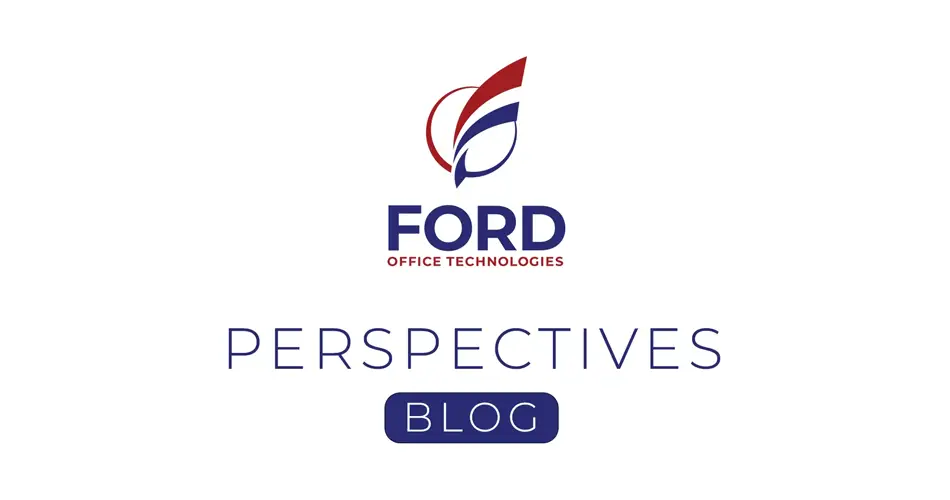Optical Character Recognition reads flattened text enabling it to be transferable and able to be recognized. But does it really work? If you ever had to read a doctor’s note or had to decipher a handwritten address on an envelope, you know that there are seemingly infinite ways to write every letter in the alphabet. The plethora of fonts and styles available in every word processor shows that letters are not static, but dynamic. This is why it has taken so long for computers to become smart enough to actually read printed words.

The technology that makes this possible is called Optical Character Recognition (OCR). It can be a powerful tool in the office environment. OCR technology reduces the need to print documents on paper. It can improve complex workflows by allowing users to edit digital versions of documents. This replaces the painstaking efforts of reproducing the documents on paper or manually typing them.
The latest printers and multifunction devices use OCR applications to let office employees scan documents and create editable files instantly. This means that an invoice or a customer input form can be digitalized and archived without any intermediary steps. This can shave hours off per document processing times.
How Does OCR Technology Work?
At first glance, recognizing letters should be a simple task. The complicating factors are that everyone writes letters differently, and printed documents can use any of hundreds of different types of fonts. Therefore, teaching a machine to recognize a single letter is a very complex task from a programming perspective.
From the 1960s until recently, OCR technology focused on teaching computers individual letters based on specific typesets. Larry Roberts, best known as part of the MIT research team that invented the Internet, created a special font called OCR-A. Banks and governments quickly adopted this for use in their printed communications. However, this approach never produced the kind of universal results businesses and everyday people needed to enjoy full machine-readable document functionality.
Advances in technology
The most important breakthrough came with the advent of intelligent feature detection, which developed arbitrary rules that defined individual letters. This eliminated the need to teach the computer the exact form of the letter. For instance, the character “A” is made up of two upward-angled lines and a horizontal intersecting line. An OCR-capable computer can accurately guess that any character with these attributes in the right order is probably an “A”. It does not need to know if it’s the Times New Roman version or the Arial version.
This gets more complicated when it comes to deciphering handwritten letters. However, today’s OCR engines are sufficiently advanced to read almost any written message. Neural network technology is making this process easier for computers at a rapid pace. They are ushering in an era where paper-based and paperless workflows can be seamlessly integrated.
Optical Character Recognition Technology Saves Users Time

OCR technology has clear benefits for professionals in every industry. Workflows and processes that once required people to manually copy or handwrite data can now be automated regardless of where the data originally came from.
For instance, in a traditional non-OCR system, a request form handwritten by a customer would end up at an employee’s desk in a regional office. This employee would look through the data to ensure there are no errors and then copy the document. Without OCR technology capable of reading the document, the employee has to manually enter data into the system based on what the customer wrote. Human error is not only likely, it is virtually guaranteed as the workload increases.
How it works
With any of the widely available state-of-the-art OCR engines available in today’s modern multifunction printers, the process simplifies greatly. A customer can fill out a paper document and give it to an employee. They can then feed the paper into the multifunction device and scan it to a centralized cloud storage archive as an editable digital file. Instead of receiving the document as a physical copy and then having to manually reproduce its data, the data is immediately available in the new file format. Another office employee can then process the data almost instantaneously. All of these processes can take place within mere seconds of one another. This provides significant time savings in per-document processing speed.
When combined with cloud data storage and editable file format conversion, OCR technology generates time savings that can give technology-oriented offices a competitive edge. It also reduces the occurrence of human error when implemented alongside robust verification workflows.
As OCR technology continues to improve, it will become an increasingly important part of the value that document processing represents. Employees, end users, customers, and corporate stakeholders will continue to align with this exciting technology and the time-saving benefits.
Ready to deploy OCR technology and begin streamlining your document workflows? Speak with a Ford Office Technologies print equipment specialist today by calling 800.633.3673!
